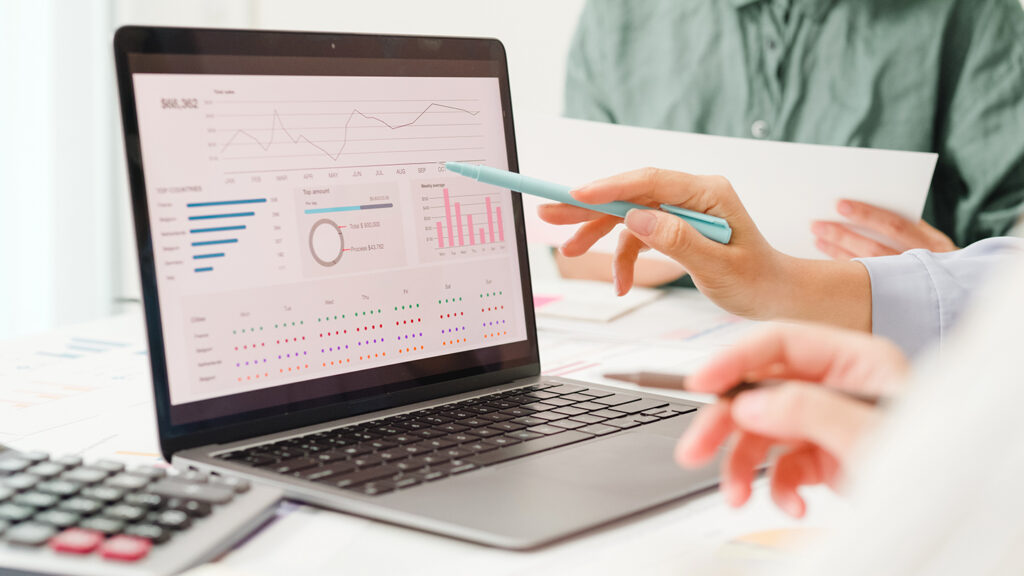

Having the data is one thing. Leveraging it is the next frontier.
As remote monitoring technologies proliferate throughout all senior care environments, providers must figure out how to use those tools effectively to help prevent health emergencies.
Having care team members solely dedicated to monitoring RPM data and alerts — either on-site staff members or those who are part of a clinical network – will both help address resident needs and avoid “alert fatigue,” according to a new high-level report on the current state of the RPM market.
The report, produced by the Healthcare Strategy Bullpen consulting group and sponsored by software company Redox, suggests that hypertension and heart failure are by far the most pressing issues that RPM monitoring can address.
A majority of older adults have hypertension, which often is a precursor to heart failure and other fatal conditions, such as stroke, studies show.
Although hypertension and cardiovascular disease are the focus of the majority of current RPM technology, the report shows, not enough older adults are taking advantage of those tools, particularly wearable devices, according to research from last summer.
In addition to new passive monitoring systems, other kinds of RPM tools that address this include blood pressure cuffs, glucose monitors for diabetes, and digital scales.
The last item, however, has not shown to be very effective at signaling action, at least not on a daily basis, HSB founder Jeff Englander noted Wednesday during a webinar.
Although the Redox report indicated that market growth would be driven by older adults wanting to remain living at home, most skilled nursing facilities also are prioritizing RPM monitoring tools, previous surveys have shown.
Staffing shortages and limited attention in senior care facilities, as well as a greater population of residents with physical or cognitive issues, makes RPM just as important for knowing where to allocate limited attention and care resources.
Using RPM to intervene and avoid a hospital stay for older adults is a goal for all categories of providers.
“We can help use RPM tech gage how people are doing,” Englander said. “We can give insight into how to make changes in [seniors’] lifestyles, diet, medications, maybe additional exercises they aren’t doing: that will help drive down costs and help us as a society.”
Interestingly, the RPM market remains highly competitive and is not dominated by any one developer as of yet, Englander said.
Making headway within long-term care is an opportunity RPM companies are just beginning to realize, sensor maker EchoCare executives told the McKnight’s Tech Daily last month.
The full study, titled the “RPM Market Landscape Report,” can be found on Redox’ website here.


